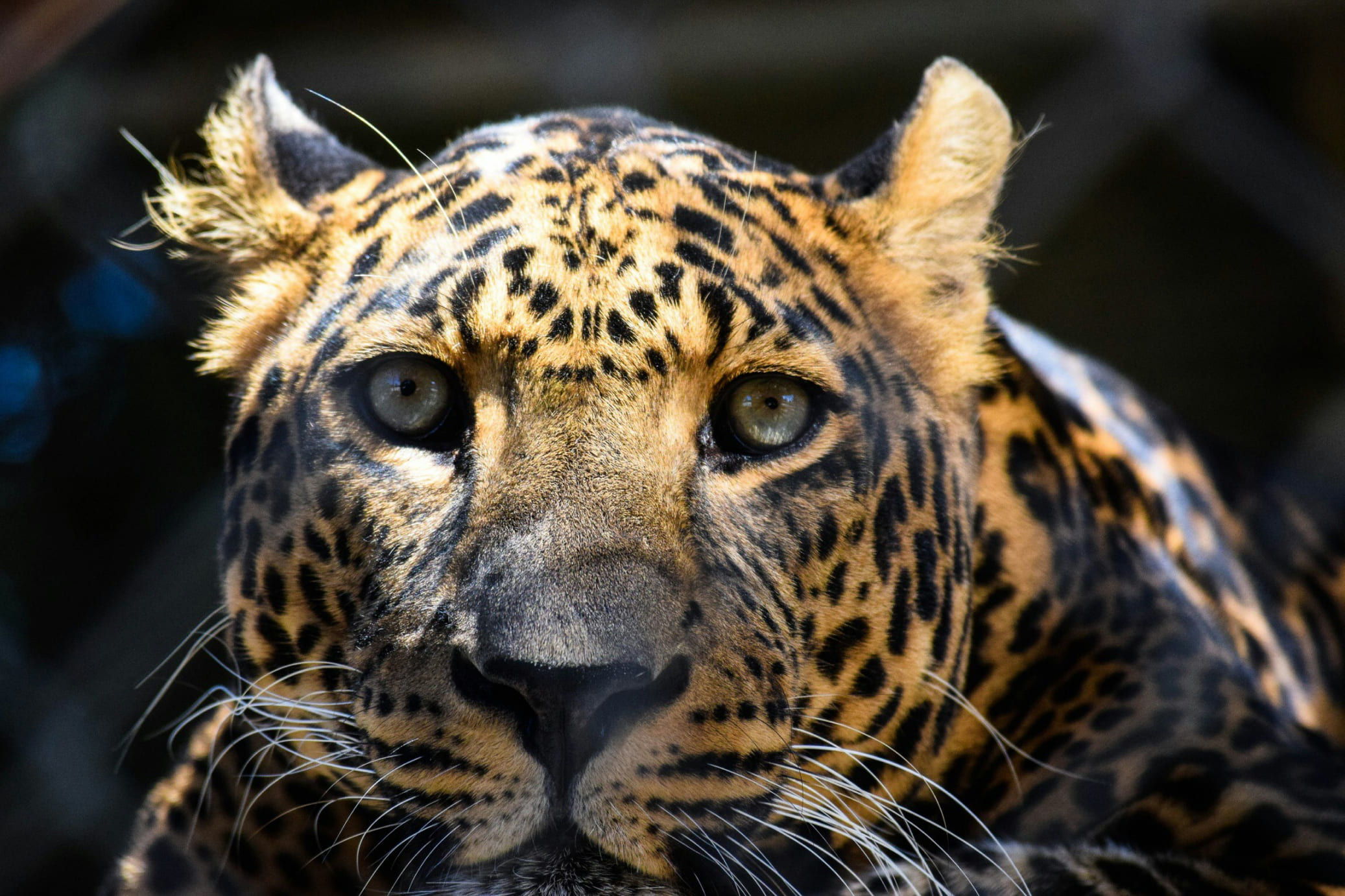- Ward 36 Ward 7 Ward 5 Ward, Kudopar, Madhya Pradesh 480874, India
- Mon - Sat: 8am - 5pm
- +917878486679
Animals

Leopard: Adaptable Survivor in a Shrinking Habitat
Leopards are known for their adaptability, able to thrive in various habitats, including forests, mountains, grasslands, and even urban edges. Their resilience, however, is tested as their natural habitats are increasingly fragmented and encroached upon. Habitat loss due to urban development, agriculture, and logging has forced leopards to venture into areas populated by humans, leading to frequent conflicts. As prey becomes scarce in these disrupted habitats, leopards are often seen hunting livestock, which heightens tensions with local communities and leads to retaliatory killings.
Poaching poses an additional, severe threat to leopards. Their pelts are highly valued on the black market, and their bones are sometimes used in traditional medicine, particularly in parts of Asia. This illegal trade has contributed to a decline in leopard populations across many regions. Conservationists are working to mitigate these challenges by establishing protected wildlife corridors to connect fragmented habitats, enhancing anti-poaching laws, and promoting community programs that encourage coexistence between humans and leopards. Despite their adaptability, leopards need active protection to ensure that their populations remain stable in an increasingly human-dominated world.
